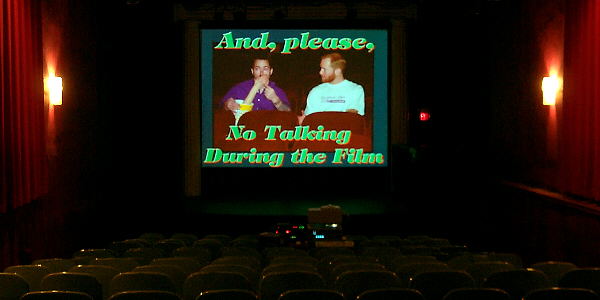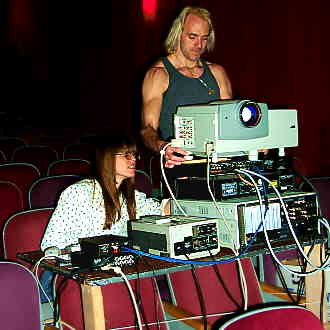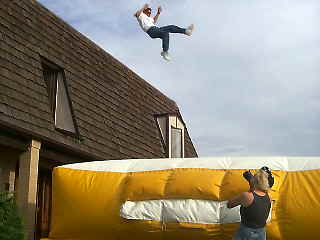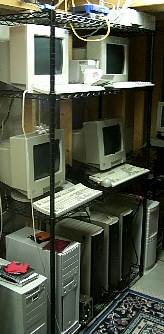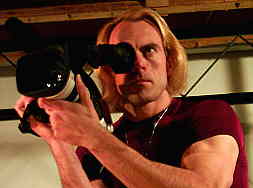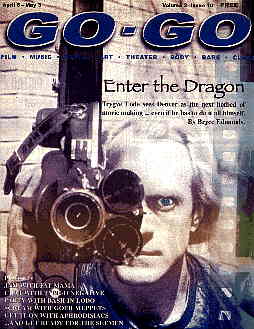|
Trygve's Digital Diary /
|
For addional information,
|
On July 17th, the "instant digital theater" was put to the test with the premiere of the independent film series at Denver's Bug Theatre ( www.bugtheatre.com ), a turn-of-the-century movie house now used mostly for stage plays and live performance.
Turning it back into a movie theater for one night a month presented some challenges--because its calendar was full, it was necessary that the projection system could be set up and torn down quickly, and it was also essential to support a variety of source formats including betaSP.
|
Trygve.Com sitemap what's new FAQs diary images exercise singles humor recipes media weblist internet companies community video/mp3 comment contact |
